Craft Books
-
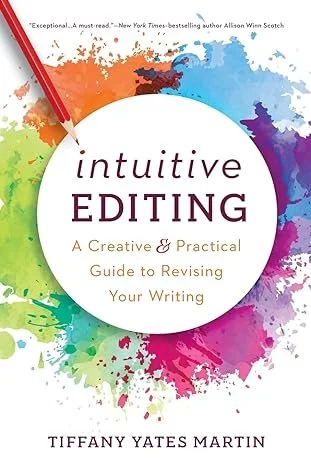
Intuitive Editing by Tiffany Yates Martin
This is one of the best books on revision I’ve ever read (and I’ve read about six just this past year). Yates-Martin walks you through every step of the writing process in detail. She has truly created a comprehensive revision guide - I can’t recommend it enough!
-
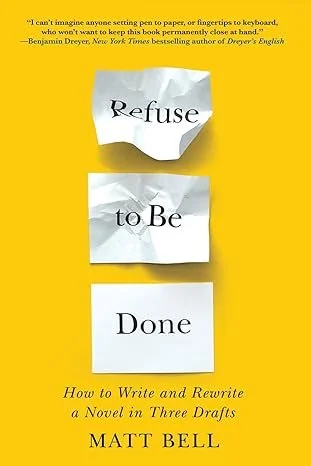
Refuse to be Done by Matt Bell
Matt Bell provides a comprehensive guide to the entire writing process. Rather than advocating for one rigid way to write, he provides a variety of techniques to try at each stage of the writing process, but the sections on revision & editing are particularly helpful.
-

Conflict & Suspense by James Scott Bell
This book was a game changer for my writing journey. Don’t let the simple title fool you - Bell’s book is really a guide to creating engaging plots and deeper characters. It’s the book I recommend most often to my editing clients for a reason.
-
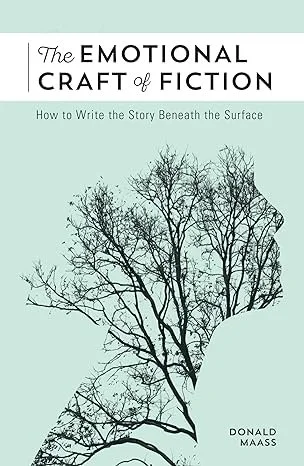
The Emotional Craft of Fiction by Donald Maass
Emotion is tricky, but it’s essential to creating stories that resonate with readers long after they finish reading. Maass’ book provides a comprehensive guide to creating deep stories that hook readers on a deeper level.
-
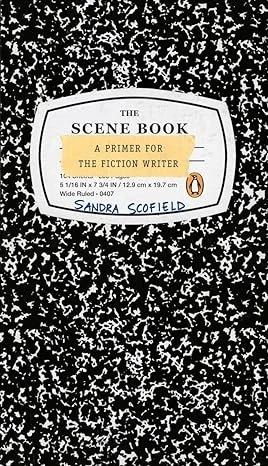
The Scene Book by Sandra Scofield.
Scofield’s book is about scene writing, but it transformed my writing in so many other ways. Scenes are truly foundational to your writing, and Scofield’s book is the best guide to scene writing I’ve found, and the exercises she provides are invaluable.
-
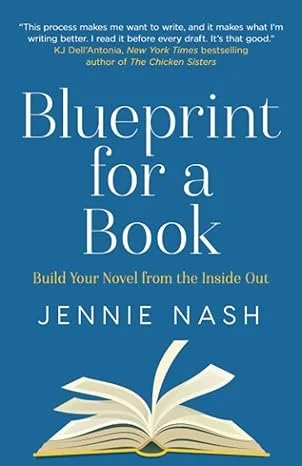
Blueprint For a Book by Jennie Nash
Though Nash’s book focuses on the planning stages, the tools she recommends are great at any stage of the writing process. Use the tools and exercises she provides to evaluate your draft and you’ll come away with a stronger book.
-

Romancing the Beat by Gwen Hayes
I’m not big on writing rules, however, I will put a stake in the ground and say that this book is a must read for all romance writers and any writer thinking about adding a romance subplot to their stories. Hayes covers the fundamentals of romance structure in a clear, digestible (less than 100 pages).
-

7 Figure Fiction by T. Taylor
This book isn’t your typical craft book. Instead of focusing on technical rules, Taylor focuses on the intangible storytelling elements that hook readers and make our favorite books so deliciously addictive. The examples skew toward romance, but I highly recommend it for writers of all genres.
-
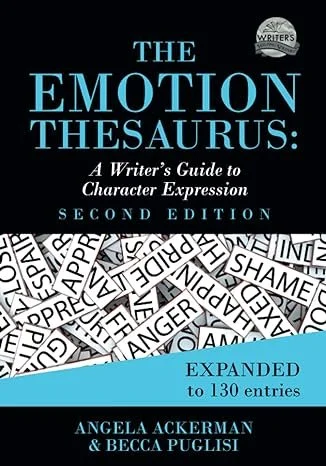
The Emotion Thesaurus by Angela Ackerman & Becca Puglisi
You need this book by your side when you edit your novel. Whether you’re struggling with show, don’t tell or looking for a new gesture when you’ve already had your characters nod and make fists and cry too many times to count. There’s a reason it’s sold more than 1 million copies. Highly recommend!
-

Save the Cat Writes a Novel by Jessica Brody
Structure systems don’t work for everyone, but having structural checkpoints can help keep your story on track. Even if you don’t use the exact system, Brody’s analysis of each sample novel will help you understand the principles of novel construction so that you can go off and break the rules on your own.
-
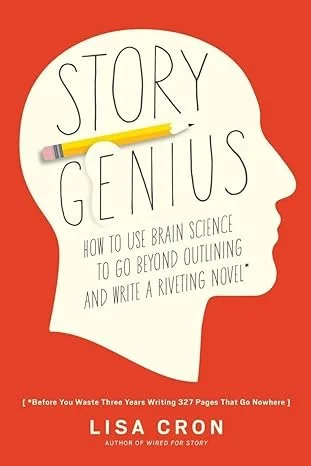
Story Genius by Lisa Cron
Cron argues that her method only applies to the planning stage. I disagree. If your characters are falling flat or you’re struggling to create solid forward momentum in your novel, you can absolutely use the exercises in Story Genius to rethink and revise your story. I especially recommend this method for pantsers who may need to write a discovery draft before they start the deep character work that Cron recommends.
-
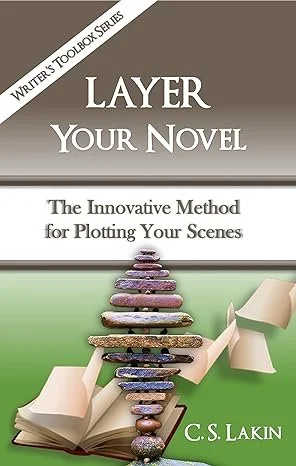
Layer Your Novel by C.S. Lakin
Few structure books talk about adding subplots to your novel. Lakin’s book fills the gap by showing you how to weave subplots into the main conflicts in your narrative. Even if you’re wary of other structure systems, I recommend Lakin’s book as a comprehensive introduction to the principles of story structure.
FYI: This page contains affiliate links. If you use these links to buy something, we may earn a commission. For more information, click here and thanks, as always, for your support!